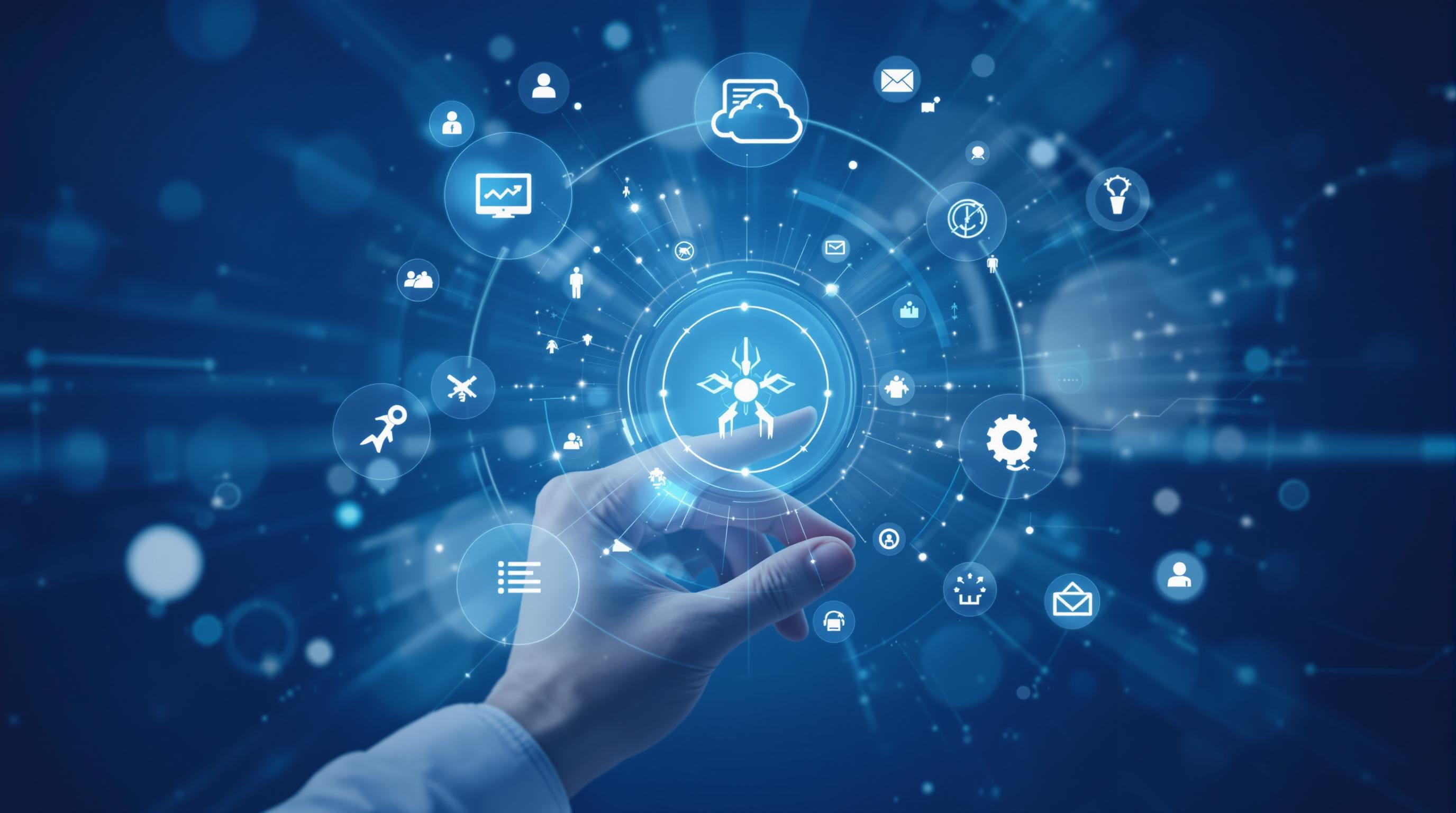Related Articles
- 7 Game-Changing Medical Compliance Apps From the Last 5 Years Redefining User Experience and Data Security
- Unveiling the Impact of Human Factors on Medical Software Adherence in Complex Clinical Settings
- Exploring Ethical Dilemmas in Medical Imaging Software: Patient Privacy and Data Ownership in the Digital Age
- Unveiling the Quiet Revolution: How Medical Imaging Software is Shaping Rare Disease Research and Diagnosis
- 5 Cutting-Edge Medication Management Apps Released Since 2019 Ranked for Accuracy and User Trust
- Unlocking the Forgotten: How Mobile Apps Are Shaping Rare Disease Diagnosis and Patient Advocacy Networks
Top 6 Emerging Automated Medical Software Tools Transforming Telehealth and Remote Patient Monitoring in 2024
Top 6 Emerging Automated Medical Software Tools Transforming Telehealth and Remote Patient Monitoring in 2024
In 2024, telehealth and remote patient monitoring have been revolutionized by automated medical software tools driving efficiency, engagement, and accuracy. This article explores six standout technologies transforming healthcare delivery, blending data, AI, and seamless connectivity.
The Rise of AI-Powered Symptom Checkers
Ever wondered if your cough or headache actually needs a doctor’s visit? AI-driven symptom checkers have grown exponentially, with usage up 40% in the last year alone, according to Statista. Tools like Infermedica and Ada Health employ vast medical databases and machine learning to offer preliminary diagnoses in seconds, empowering patients to make informed decisions from their homes.
This automated approach not only reduces unnecessary ER visits but lightens the load on healthcare systems drowning under post-pandemic strain. For example, a 2023 pilot at a major US hospital noted a 25% drop in non-emergency visits thanks to AI symptom checker integration.
Wearable Device Integration: The Silent Sentinel
Imagine smartwatches that do more than track your steps—they now constantly monitor chronic conditions like atrial fibrillation or diabetes through tailored algorithms. Apple Health and Fitbit have advanced their real-time data sharing, feeding continuous biometric info directly into clinicians’ remote monitoring dashboards.
Studies such as a 2024 trial published in The Lancet Digital Health show a 33% increase in early detection of cardiac anomalies when wearables are integrated with automated alert systems, leading to timely interventions.
How Remote Patient Monitoring Simplifies Chronic Disease Management
Let’s talk about Maria, a 58-year-old diabetic managing glucose fluctuations through a combination of CGMs (continuous glucose monitors) and automated alerts from her provider’s telehealth platform. By receiving real-time insights and dosage suggestions without needing frequent clinic visits, her HbA1c levels dropped significantly over six months.
This case exemplifies how automated software tools don’t just collect data; they interpret and provide actionable feedback, amplifying patient independence and improving outcomes.
The Underappreciated Role of NLP in Patient Communication
Natural Language Processing (NLP) has come a long way in breaking down barriers between patients and machines. Systems like Nuance’s Dragon Medical One are now embedded into telehealth platforms, allowing conversational interfaces that transcribe and analyze patient conversations automatically.
This technology gently reminds doctors of key patient history points while ensuring rich, consistent documentation—a win-win for productivity and patient care.
Persuasive Benefits of Automated Medication Management Systems
Missed doses? Confused prescriptions? Automated medication management apps tackle these chronic pain points head-on. By sending personalized reminders, monitoring adherence, and alerting providers to possible side effects, these tools slash errors and hospital readmissions.
Take Medisafe, whose users reportedly experience a 30% improvement in medication compliance. This not only saves lives but dramatically curtails costs linked with erroneous drug use—an especially critical factor for aging populations managing multiple prescriptions.
Conversational AI and Virtual Health Assistants: Your 24/7 Concierge
Feeling under the weather at 3 AM? Virtual assistants powered by conversational AI, such as Buoy Health, function as accessible, non-judgmental companions guiding patients through their symptoms, test scheduling, and even mental health check-ins.
The impressive thing is their adaptability; by continuously learning from millions of interactions, they grow more sophisticated monthly, providing nuanced and personalized support that feels human despite being automated.
Case Study: Improving Rural Healthcare Access with Automated Telehealth Platforms
In a groundbreaking project in rural Montana during early 2024, a telehealth platform equipped with integrated automated software reduced acute hospital admissions by 18% over six months. Remote monitoring devices connected patients directly to healthcare teams, while AI algorithms prioritized critical cases to ensure timely interventions.
For communities facing healthcare deserts, such innovations mean the difference between life and death—delivering quality care despite geographic challenges.
Final Thoughts: The Future Is Automated, but Human-Centered
As a 45-year-old writer fascinated by tech and health, I see these tools as complementary allies to traditional medicine rather than replacements. Automation amplifies the doctor’s reach and patient’s voice, cultivating a healthcare ecosystem that’s proactive, personalized, and accessible.
Whether you’re a teenager curious about digital health or a senior embracing smart devices, these emerging software solutions promise a future where care transcends walls, schedules, and physical borders—with patients empowered every step of the way.




